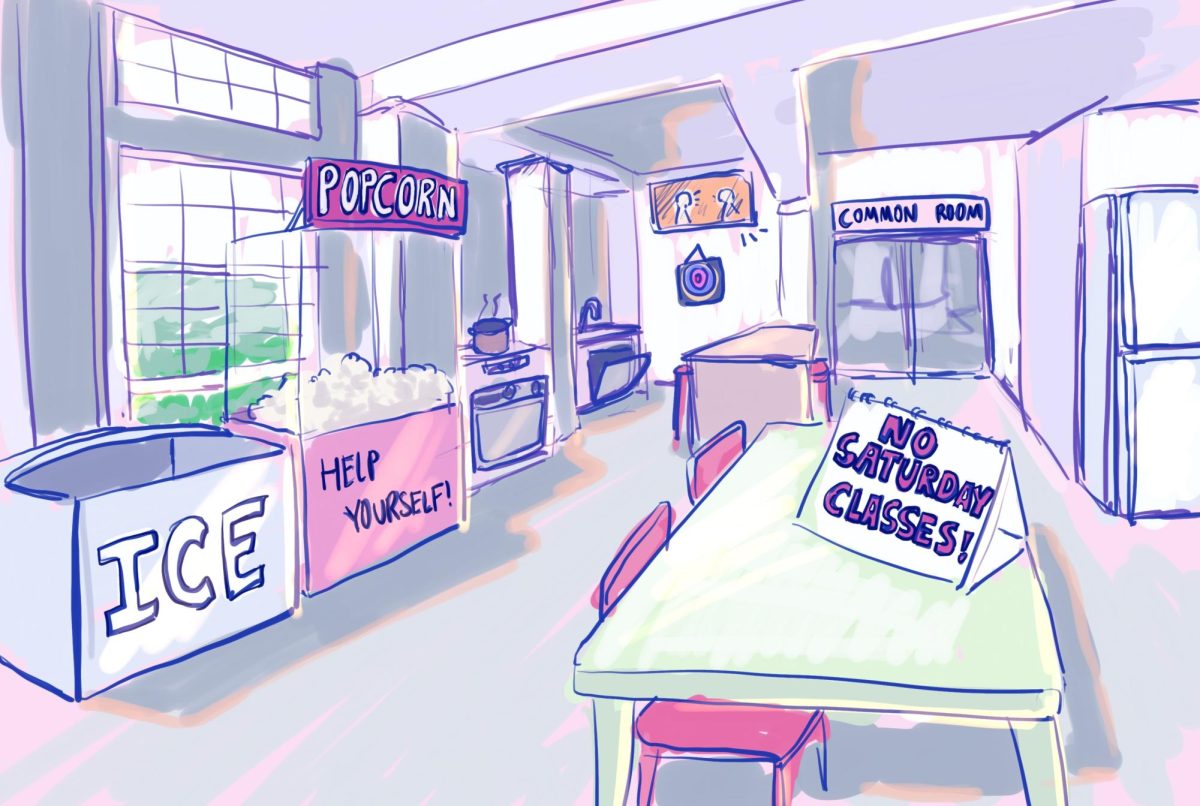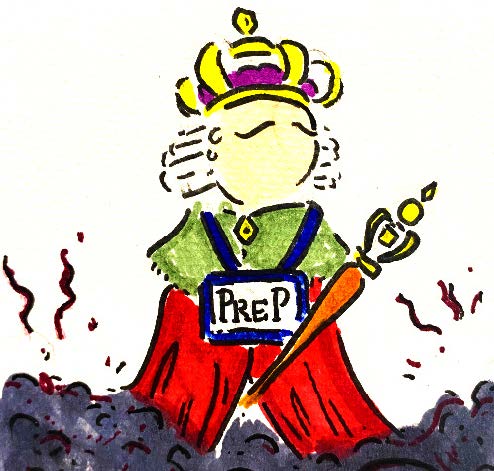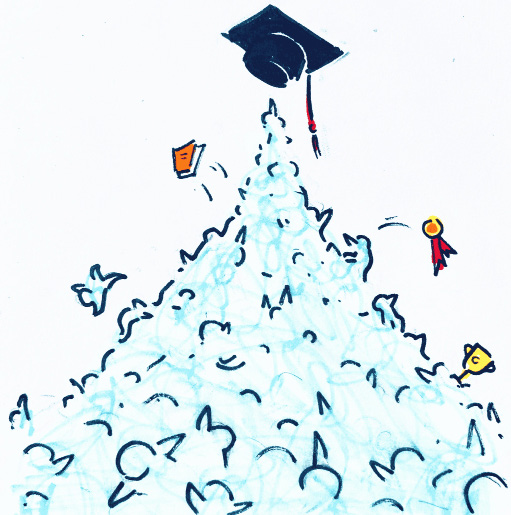This all-school presidents’ election season offered a variety of candidates and promises. With expectations raised by successful predecessors Anji Ashaye ’24 and Jacquo Pierre ’24, it will be a challenge for the new presidents to fill their shoes. While six pairs put forward their candidacies, Eleni Kontokosta ’25 and Isaiah Stephens ’25 eventually emerged victorious.
The upcoming year promises to be a historic one. It will be the fiftieth year of co-education at the school, and include a library redesign and continued renovation of the Dining Hall. We will need strong leadership to guide us through this pivotal year. This much-needed direction can only be achieved through concrete action, insight into the student body, and realistic ideas, which Kontokosta and Stephens showed more than any other candidate pair.
A number of candidates showed a dedication to genuine action in their campaigns. Two duos in particular stood out to us in this respect: Emmett Roswech ’25 and Nola Lai ’25, and Caroline Bliss ’25 and Dhruv Kothari ’25. Both pairs took the initiative to proactively hold conversations with faculty about the feasibility of their ideas. This shows a clear emphasis on action and communication with the school.
However, faculty support is not the only factor that indicates a proposal is worthwhile. The most important factor is determining a plan’s feasibility. Sure, students and faculty might love no more Saturday classes—but can this happen? Many of the candidates’ proposals were unattainable—from pricey renovations to the FFC to potentially discriminatory interdorming policies.
A commitment to pursuing feasible ideas was demonstrated well by Bliss ’25 and Kothari ’25, who introduced a variety of proposals such as wellness days, pep rallies, and more inter-school collaboration. However, although these pitches were realistic, they sometimes resulted in a lack of originality, resembling current practices by Blue and White.
All-school presidents must juggle practicality with innovation. Overall, Kontokosta and Stephens seemed best able to balance all these qualities, leading to their victory. Their campaign promised much, including lake-front renovations, day-time interdorming, welcome back days, faculty and staff appreciation days, and seasonal pep rallies.
They do not plan anything extreme, which is good in our eyes. It makes sense not to promise too much, too quickly. Additionally, their plans stood out as one-of-a-kind, as most did not bear resemblance to other pairs’ or current programs, and were viable for improving school life.
We are not claiming the pair’s suggestions are perfect. One questionable proposal of theirs is relaxed interdorming. They propose that students of the same gender should be able to visit each other’s dorms during the day and have interdorm sleepovers. However, they fail to address how those not identifying within the gender binary will fit into the new policy.
Daytime interdorming would allow students to have access to each others’ dorms, which could lead to problems with theft, invasion of privacy, and vandalism. Even if they manage to address these concerns, increased interdorming will burden faculty and proctors, who might face more duty hours.
What students can count on is that this pair cares deeply about the school community, to come up with original and feasible ideas and make great connections with those around them.






